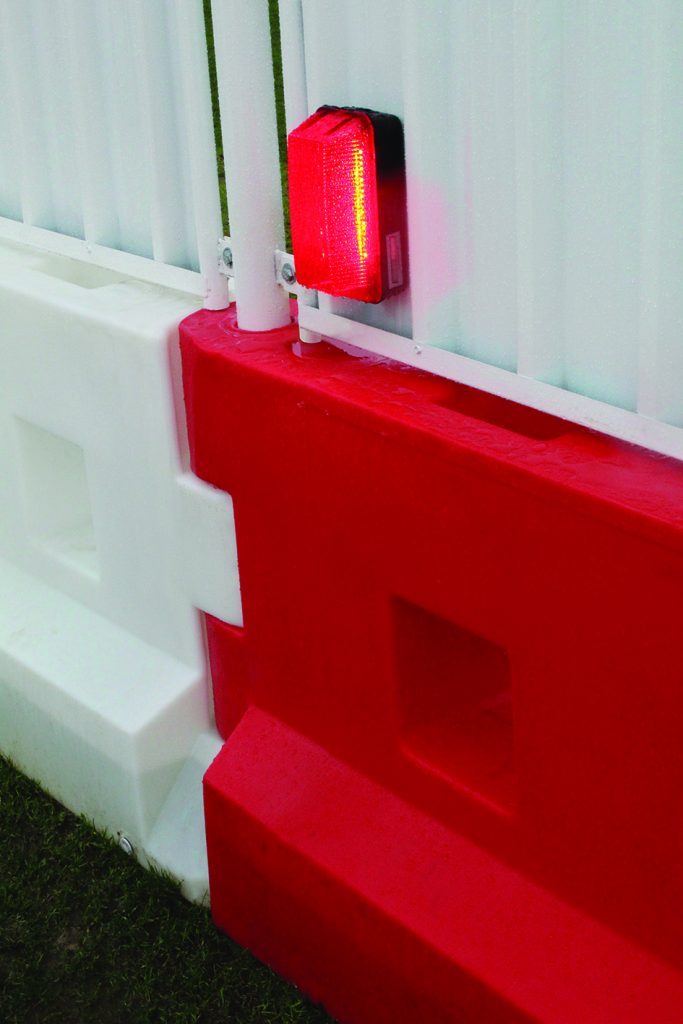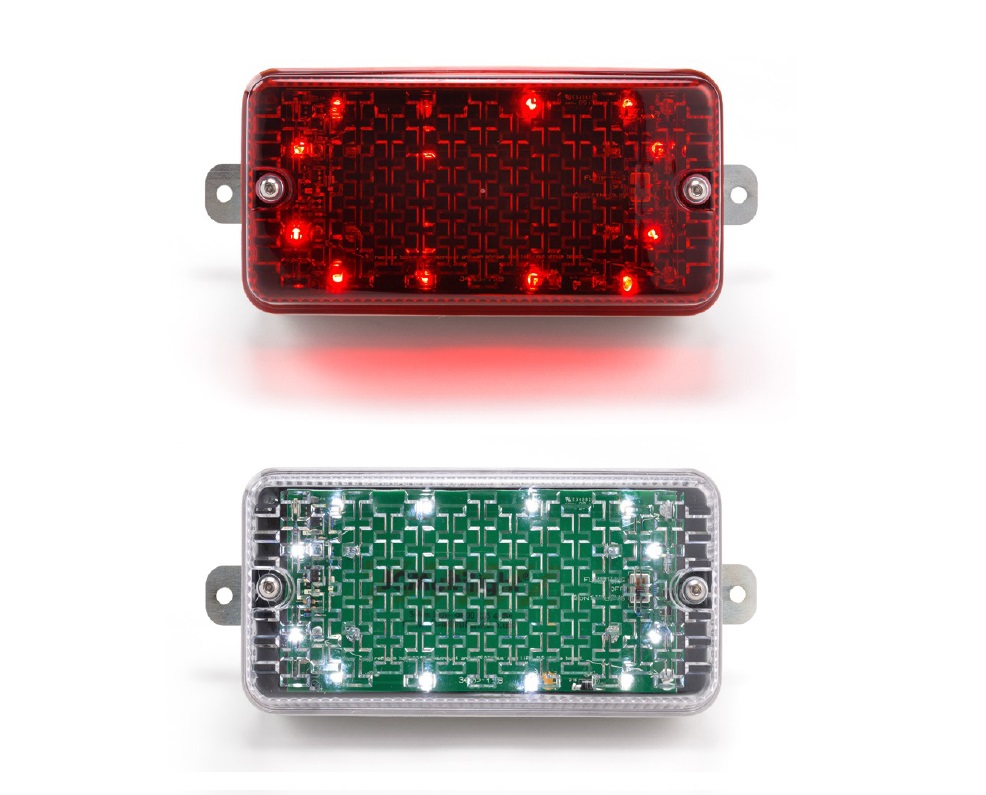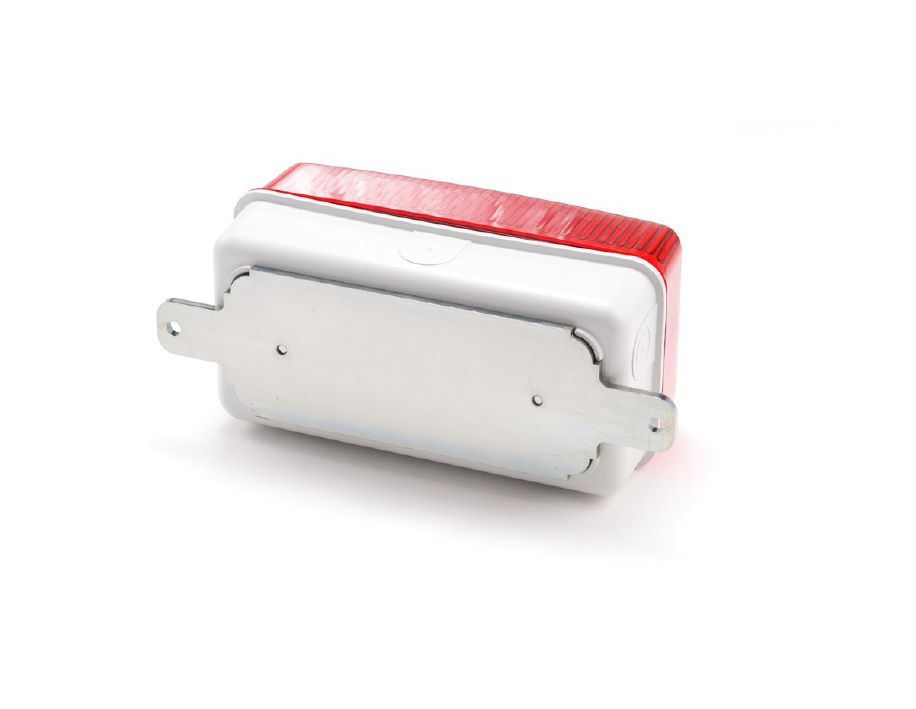
Construction hoardings and the law
During building works, the principal contractor has a duty to “take reasonable steps to prevent access by unauthorised persons to the construction site” under The Construction (Design and Management) Regulations 2015.
When temporary hoardings are placed on public highways the local authority will usually require a temporary structure licence to be obtained before installation. If a licence has not been sought a hoarding maybe considered an illegal obstruction and the local authority can enforce its removal.
Any hoarding that is erected must comply with relevant health and safety regulations, including the Highways Act 1980, Chapter 8 of the Traffic Signs Manual under the New Roads and Street Works Act 1991) and Health and Safety Executive guidelines.
Hoarding Lighting
Hoarding must be sufficiently lit between the official hours of darkness (half an hour before sunset to half an hour before sunrise). This also includes times when visibility may be reduced, for example during bad weather such as heavy fog.
During the winter months lighting becomes even more important due to the dark, wet weather and related reduced visibility. Hoarding lighting helps to improve visibility for road users and pedestrians, and reduces safety risks during the hours of darkness.
Lighting can also act as a deterrent against intrusion as well as making an area feel safer at night.
In order to meet current legislation requirements, lamps must be lit continuously and shine a red light to the road.

Red and white hoarding lights 
Reverse of hoarding bulkhead light
Bulkhead lighting
High visibility battery-powered bulkhead hoarding lighting, supplied by companies such as SafeSite Facilities, provides in excess of six months’ illumination (in flashing mode).
Bulkhead lights must be affixed at regular intervals along the width and length of the hoarding, at intervals of no more than 1.2 metres, to ensure the entire site perimeter is illuminated.
Where footpaths are obstructed by hoardings, pedestrian walkways will need to be provided and lit or reflecting signage used to direct safe passage. Red bulkhead lamps should be affixed to handrails on the side nearest to the road, along the full length of the walkway at a minimum of 3.6m intervals.
If street lighting is limited white bulkhead lights should be spaced at the same intervals on the pedestrian side. If scaffolding is being used, any poles that obstruct the walkway should also carry red bulkhead lights placed two metres above street level.
Bulkhead lights fitted with tamper resistant screws provide an additional level of safety and security.
Exposed cabling should be enclosed in a protective steel housing and only accessible to authorised site personnel. All lighting should be routinely inspected and maintained by a professional.
Additional lighting considerations
Industrial quality battery-powered LEDs and bulkhead lights can be used to safely illuminate skips, fences and scaffolding as well as hoarding.
Providing it meets the required regulations, hoarding lighting can also be used to cleverly highlight key messages and maximise the impact of a site under development. Incorporating lighting elements such as light boxes and halo-illuminated lettering is an eye-catching tactic for marketing to passing traffic.
Low-cost LED lighting can be used with timers in order to meet any residential neighbourhood restrictions. They can be used creatively to provide spots of light to highlight a brand or development name.
Lighting inside a construction site should also provide a uniform level of illumination. Flood lights are bright but can also create dark areas where intruders can hide. A better solution is to use low-wattage lighting throughout the site for widespread visibility.
One important aspect to consider when affixing anything to hoarding is the added weight, as this can make the hoarding unstable. It’s vital that the structure of any hoarding is checked before any elements – such as light boxes – are added, to ensure its safety. Installed correctly, these options can help to maximise hoarding space and draw attention to advertising messages for the duration the hoarding is in place.
